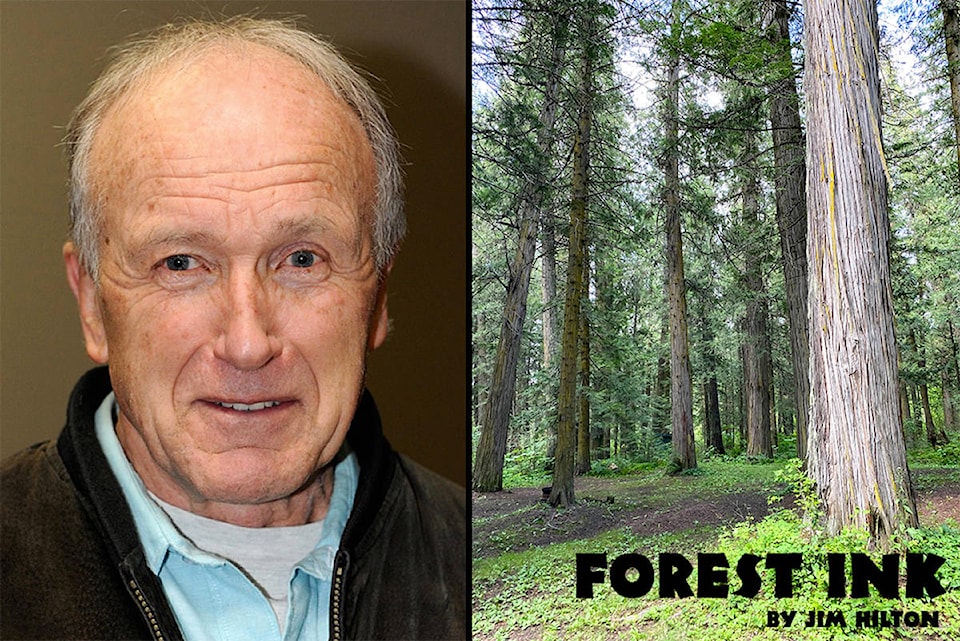While I have always thought this advice was rather self evident, it is a real challenge in some aspects of forestry.
This is very apparent in the ongoing battles over the old growth harvest on the B.C. coast. As is the case in many complex issues coming up with basic definitions and ground rules is often the first challenge.
For example a report by the Ecosystem Based Management Working Group published in 2008 titled: “Defining old growth and recovering old growth on the coast.”
The legal objectives define old growth forests by a simple and somewhat arbitrary age criterion: 250 years or older for the north and mid-coast and 180 years or older for the South Central Coast. This approach is acknowledged by all to fail in terms of using ecologically appropriate definitions.
Most of the paper deals with questions resulting from a workshop in Vancouver a few months before the article was published. One of the main criticisms was identifying criteria other than age (like stand structure along with critical plant and animal species that help identify old or ancient growth-like stands).
Coming up with some type of plan is critical since most of the problems arise from a greater demand on a diminishing resource (i.e. annual increase of 83 million people each year competing for old growth forest values which may have taken a thousand years to develop).
READ MORE: Creating ethanol from residual wood fibre
The challenge for the older generations is to accept the fact that we will not be able to consume and waste resources that we have up to now and future generations will not have the same opportunities that older generations have had.
What can be done to minimize these gaps? In forestry some recent bright spots are the use of forest residuals that we used to burn on site. In agriculture there are some gains in restorative agriculture practices.
A good film is “Kissing the Ground” which describes some of the potential gains. Examples like using more grass fed animals in place of corn fed animals in feedlots. Replacing cultivation and pesticides with a more diverse plant cover and tillage practices to improve carbon content of the degraded soils.
Some recent statistics about the ratio of domestic animals relative to wild animals should also be a wake up call. The biomass of terrestrial mammalian species larger than humans is as follows: humans is 36 percent, our domestic animals is 60 per cent and all wild animals is four per cent.
If your not concerned that this ratio is a major problem with retaining some of the most marvellous wild creatures on the planet then I have couple of good examples that should inspire everyone.
First, an amazing Netflix film: My Octopus Teacher about interactions between an octopus and diver in the Kelp forests off the coast of South Africa.
There is also a shorter version about a woman and octopus along the California coast.
The other is a YouTube film about a woman scientist who was saved from a tiger shark by a humpback whale. This is just another example of creatures like dolphins and whales who seem to forget the atrocities that we humans have committed on each other and our fellow wild animals and demonstrate a more altruistic behaviour.
My goal post COVID is not to go back to my old practices but try and develop some improved habits.
Jim Hilton is a professional agrologist and forester who has lived and worked in the Cariboo Chilcotin for the past 40 years. Now retired, Hilton still volunteers his skills with local community forests organizations.
editor@wltribune.com
Like us on Facebook and follow us on Twitter
